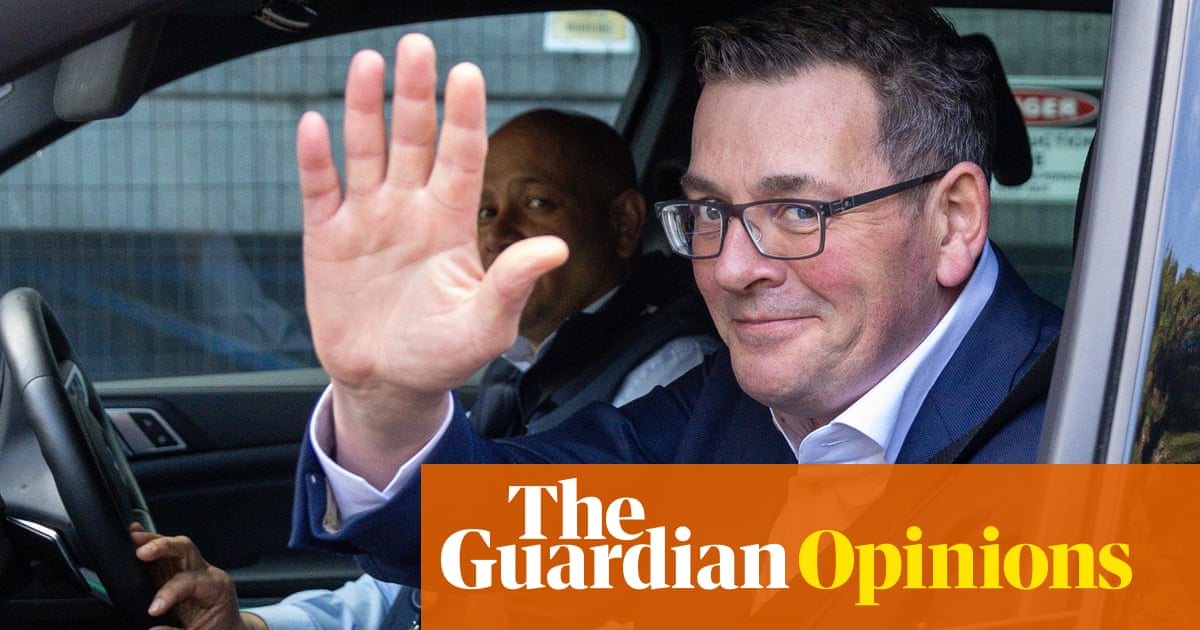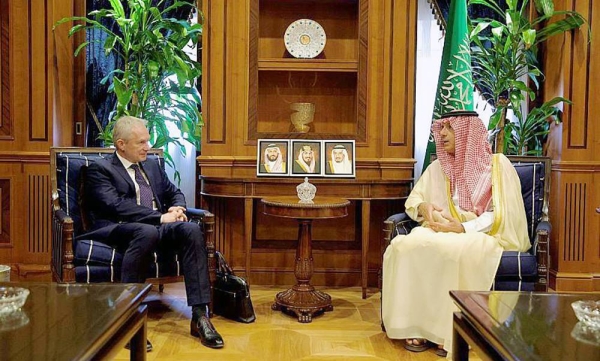
When historians look back at the legacy of Daniel Andrews, one thing he will be remembered for is climate leadership. In nine years, his government took one of the dirtiest energy systems in the world, responsible for the vast bulk of Victoria’s greenhouse pollution, and put it on a fast track to zero emissions.
Those same students of political history may also notice an absence, even a neglect, of the extraordinary natural environment that makes Victoria the place we all love. As premier, Andrews was always keen for big ticket projects involving concrete and steel, but fell short when it came to protecting wildlife and habitats of plants and animals, including in the Murray-Darling Basin.
Ambitious policies that bucked the national trend
In partnership with the state minister for energy and climate, Lily D’Ambrosio, Andrews oversaw a tripling of renewable energy in Victoria, set an end date for burning coal and began the tricky journey away from fossil gas. But they will perhaps be most remembered for changing the politics of climate change.
In their first term, Andrews and D’Ambrosio passed the most comprehensive climate and renewables legislation in Australia, at a time when the federal Coalition government brandished a lump of coal in parliament to prove their loyalty to fossil fuels. Andrews saw the political opportunity inherent in the energy transition.
In the 2018 election, as then state opposition leader Matthew Guy tried to sell voters another coal-fired power station, Andrews promised the mortgage belt half-price solar.
Having learned his lesson, Guy came out early in the 2022 campaign, matching Labor’s 2030 emissions targets. Andrews went further, announcing the return of a renewable-powered State Electricity Commission. Thus, the end of coal was sold as the return of public ownership, with a sting in the tail for the Coalition who had led the original privatisation.
While these are paradigm-shifting developments, there’s a lot of work ahead for the newly announced premier, Jacinta Allan. Her team will need to ensure big energy transition projects are built in time to meet the ambitious targets, while navigating tensions among regional electorates pushing back against new transmission infrastructure.
Turning off the tap on gas in Victoria
The Andrews government introduced a ban on fracking at the 2018 election and legislated it into the Victorian constitution after years of community pressure, effectively prohibiting onshore gas extraction using unconventional practices.
Victoria remains Australia’s highest user of gas in private homes, but under Andrews, the journey to all-electric homes has begun. In June last year, it released a gas substitution roadmap that charts the course for Victoria to transition off this polluting fossil fuel.
This was strengthened when the government announced this year that from January 2024, no new buildings or apartments in Victoria that require a planning permit will be built with gas connections.
Ending old growth logging in Victoria
After years of overseeing the dysfunctional VicForests, which destroyed vast areas of Victoria’s forests and operated at a significant loss, the Andrews government used the cover of the state budget to finally announce the end of native forest logging in Victoria.
Jacinta Allan will need to step up and ensure the transition from treating native forests as a resource to treating them as a protected area is done properly and fairly.
In the meantime, very little has otherwise been achieved for Victoria’s unique biodiversity during Andrews premiership – and this remains a glaring inconsistency compared with the nation-leading work done on implementing the energy transition.
For example, the Victorian government still hasn’t responded to the recommendations made in the Ecosystems Decline inquiry report, released in 2021, which found that climate change is driving ecosystem decline across Victoria with devastating ongoing impacts for flora and fauna in the state.
Solid steps on the road to transitioning the Latrobe Valley
In Victoria’s coal belt, there has been slow but steady progress as the energy transition plays out.
When the Hazelwood power station closure was announced in 2016, Andrews announced a $266m transition package and the Latrobe Valley Authority to help oversee the clean energy transition. Since then, a 300-megawatt windfarm has been approved next to the former Hazelwood site, with more than $3m a year from the windfarm slated to go back into the local community.
While there are signs that the renewable energy transition is well under way in the Latrobe Valley, there remain mixed opinions about the long-term impacts of the Andrews government among the local community members.
Murray-Darling decline has worsened
One of the most perplexing aspects of Andrews’ legacy is how his government continues to obstruct national efforts to restore the globally unique Murray-Darling river system.
Andrews and Barnaby Joyce may seem odd bedfellows, but together they neutered the historic Basin Plan, granting water barons their wishlist of boondoggles and get-out-of-jail-free cards while depriving native fish, waterbirds and communities of clean rivers.
Even with Joyce long out of the picture, Andrews’ Victoria is still steadfastly refusing to sign up to a new national agreement to return water long promised to the rivers and wetlands in the Murray-Darling. The question now is whether Allan will finally divorce the National party and clear this black mark on Labor’s environmental record.
Jono La Nauze is CEO of Environment Victoria












